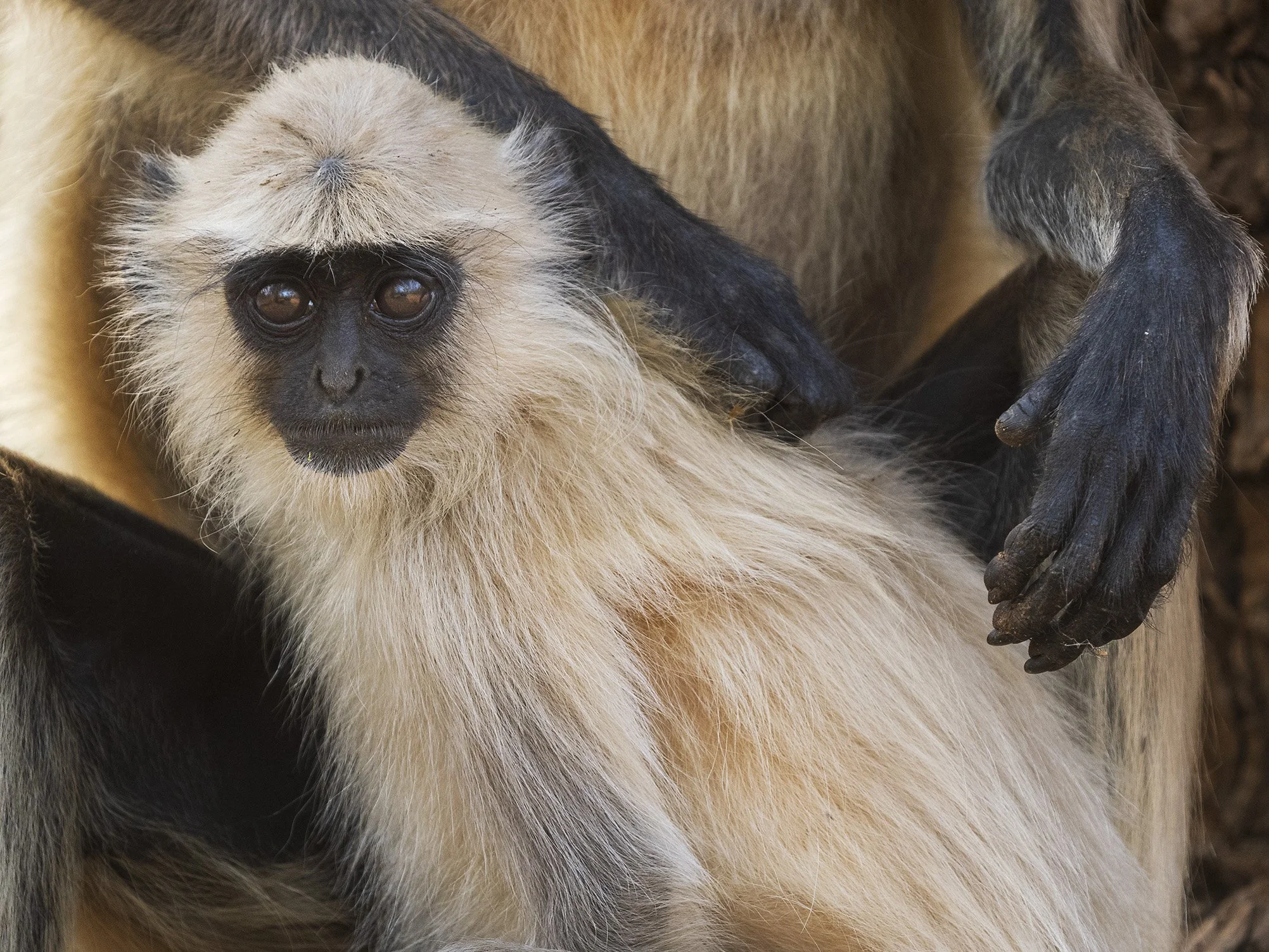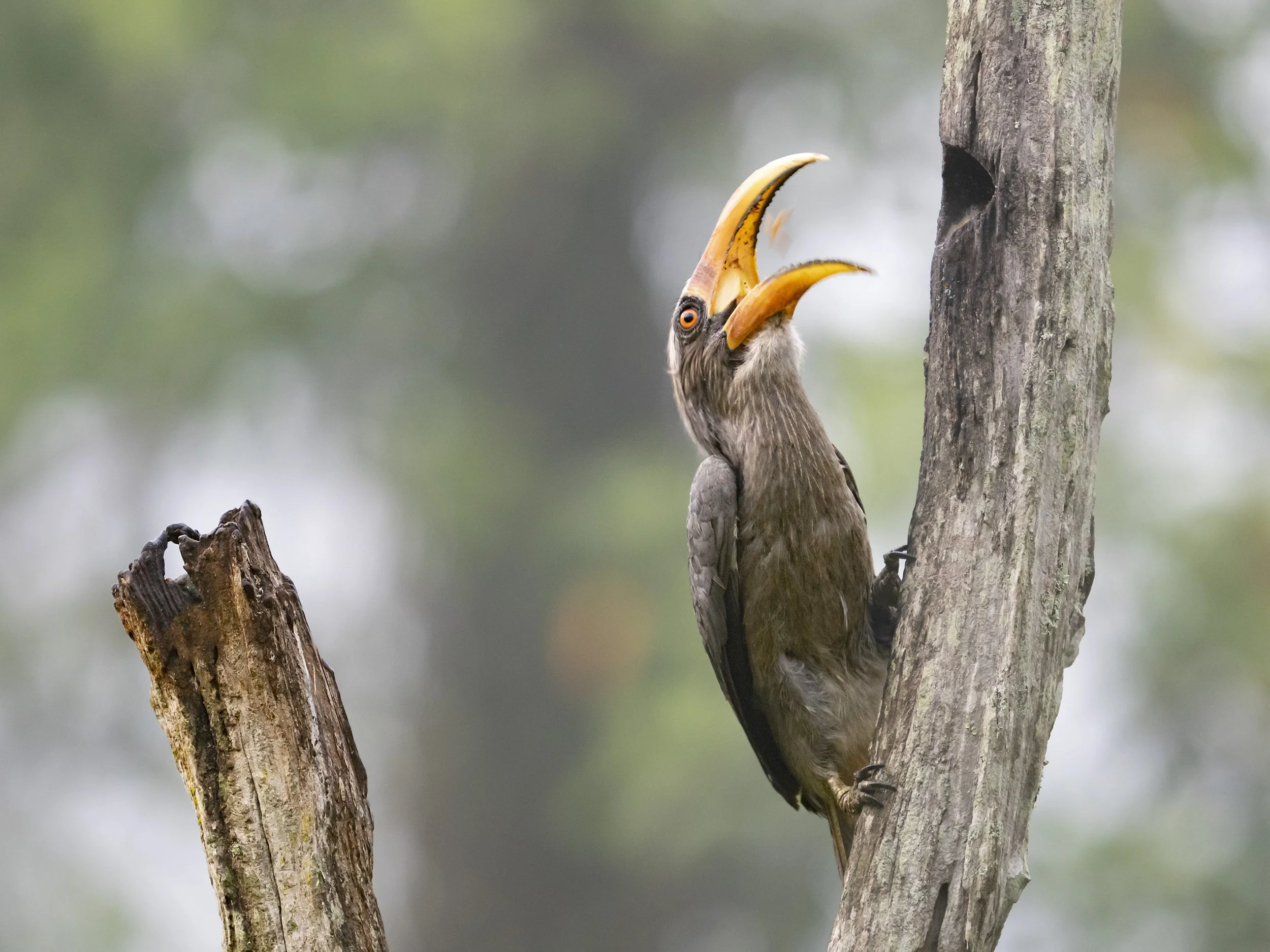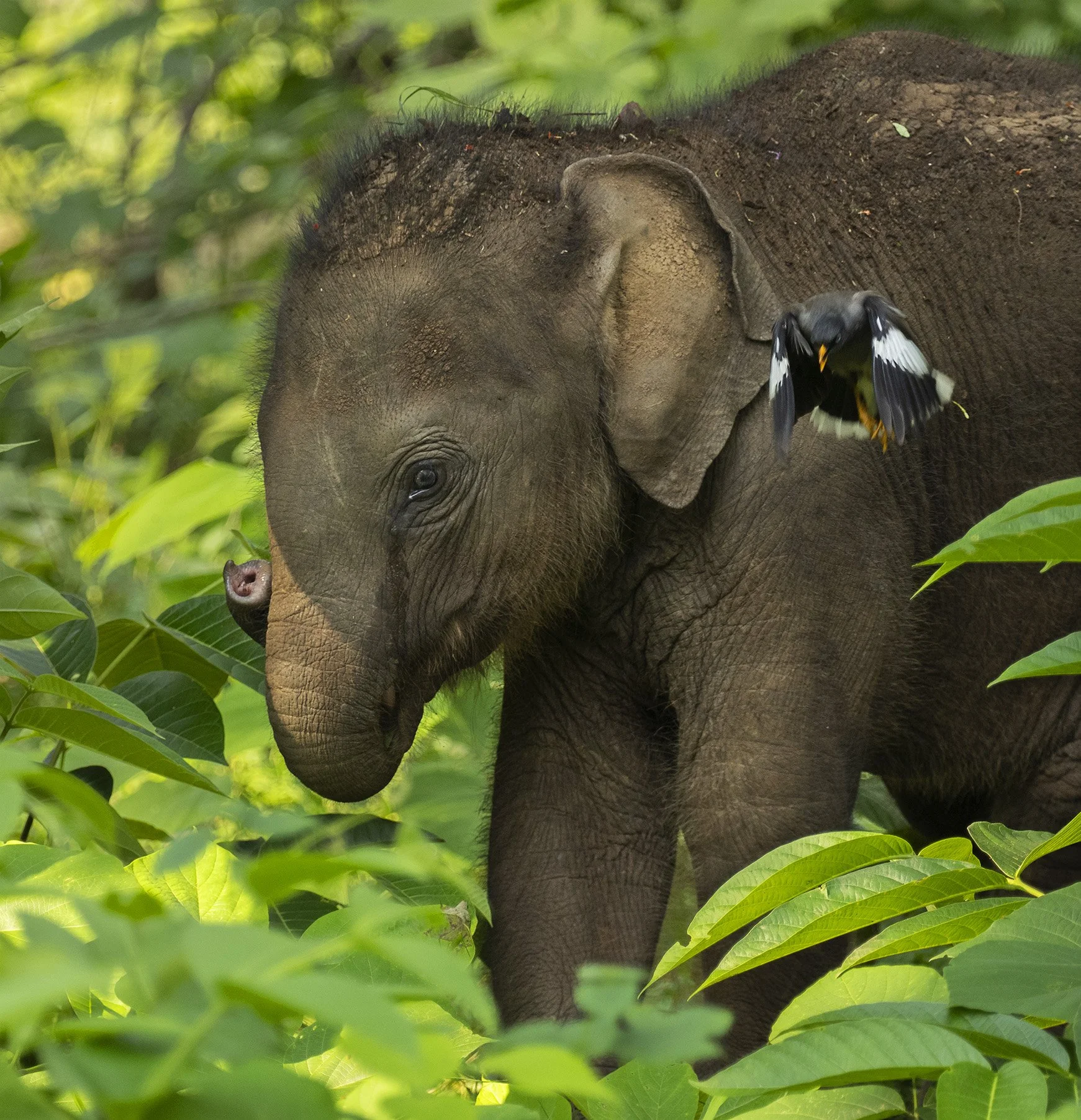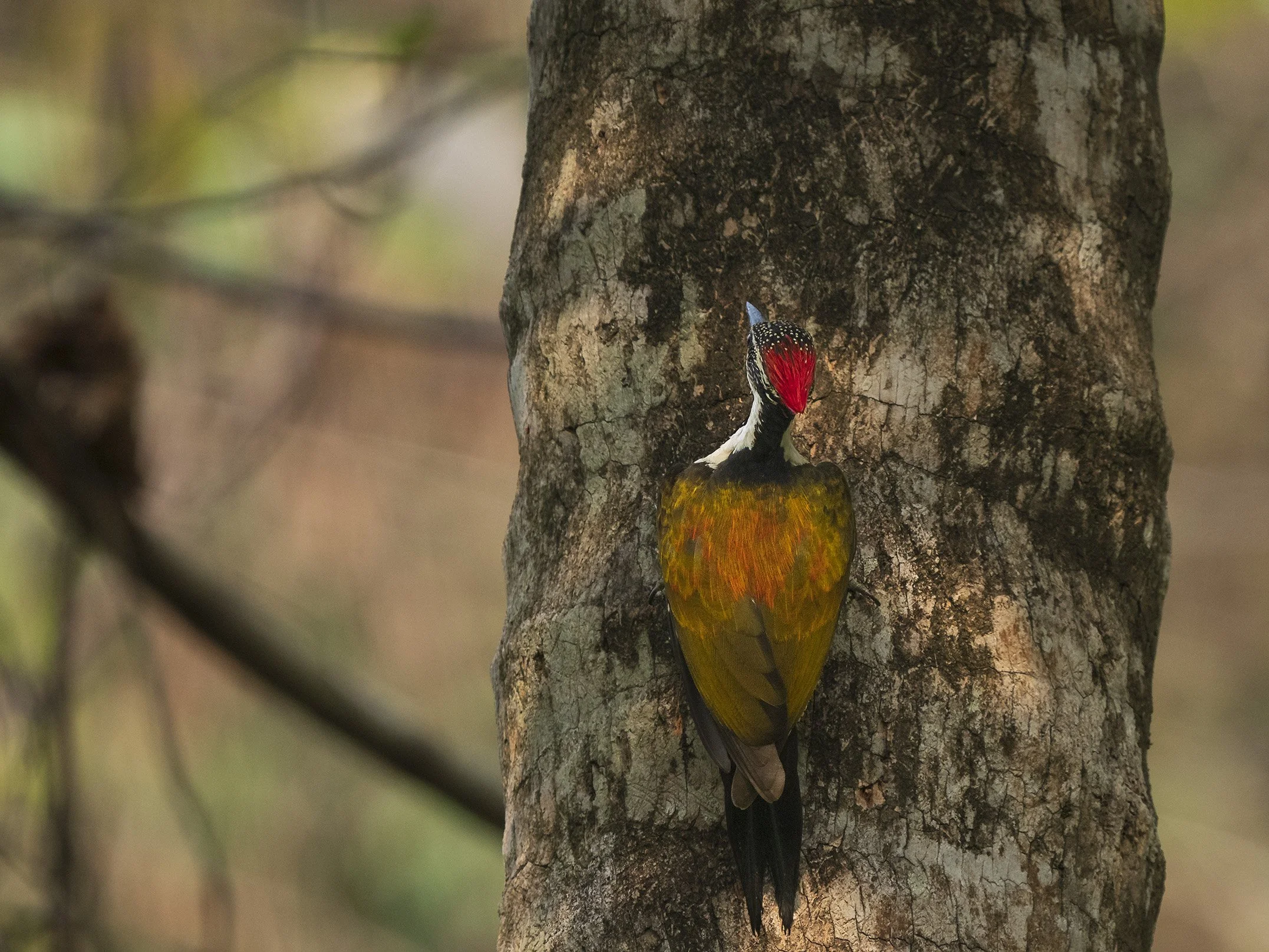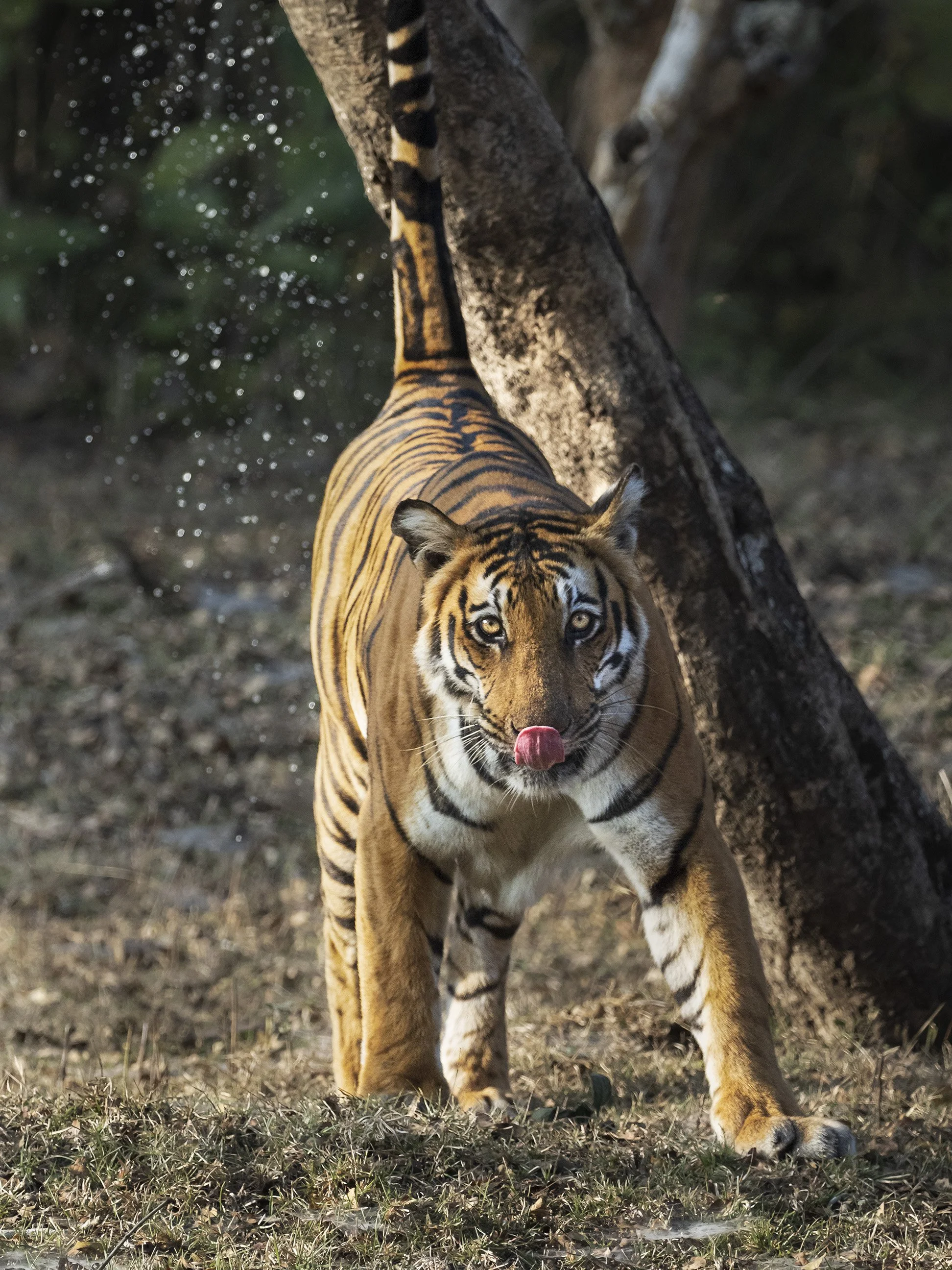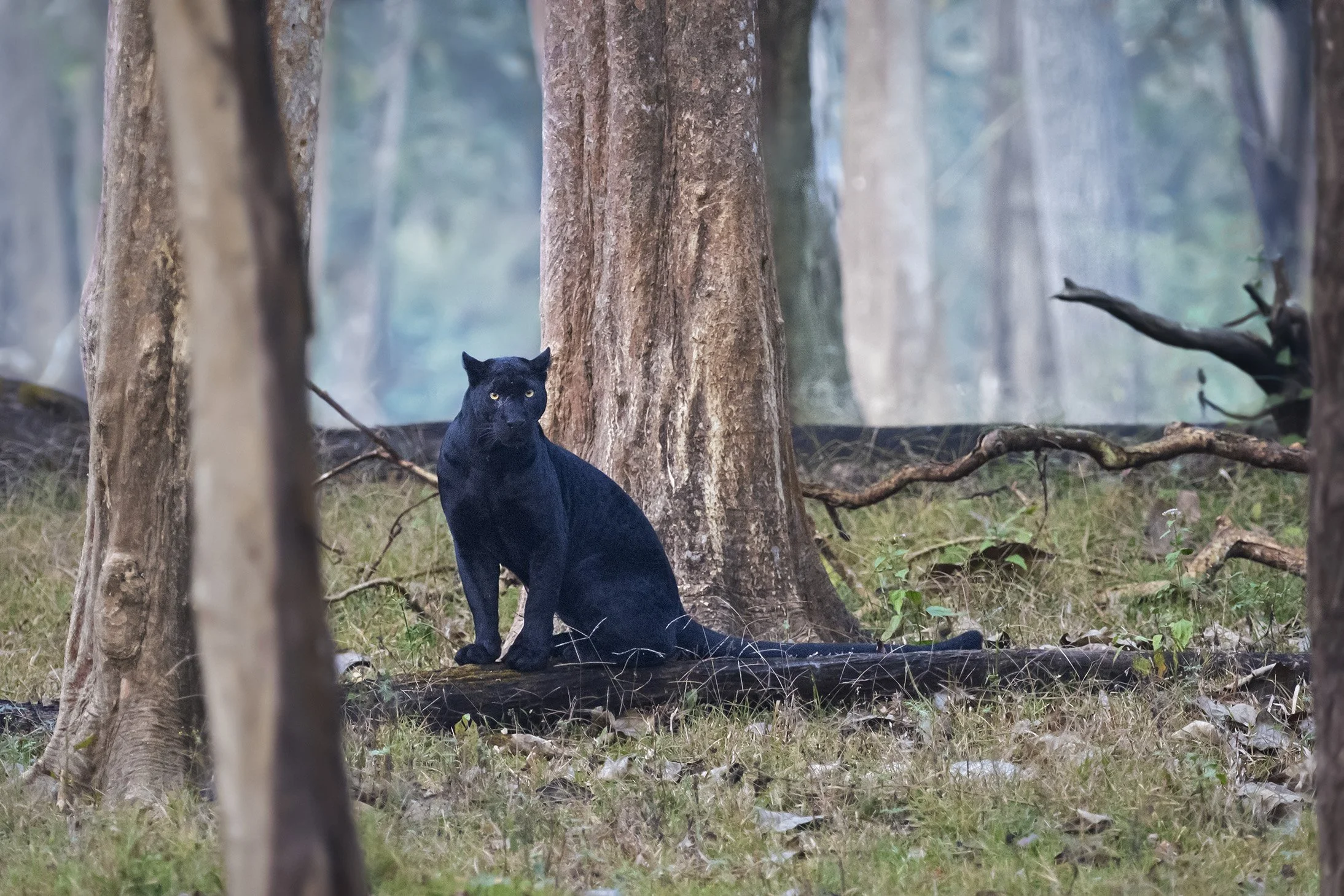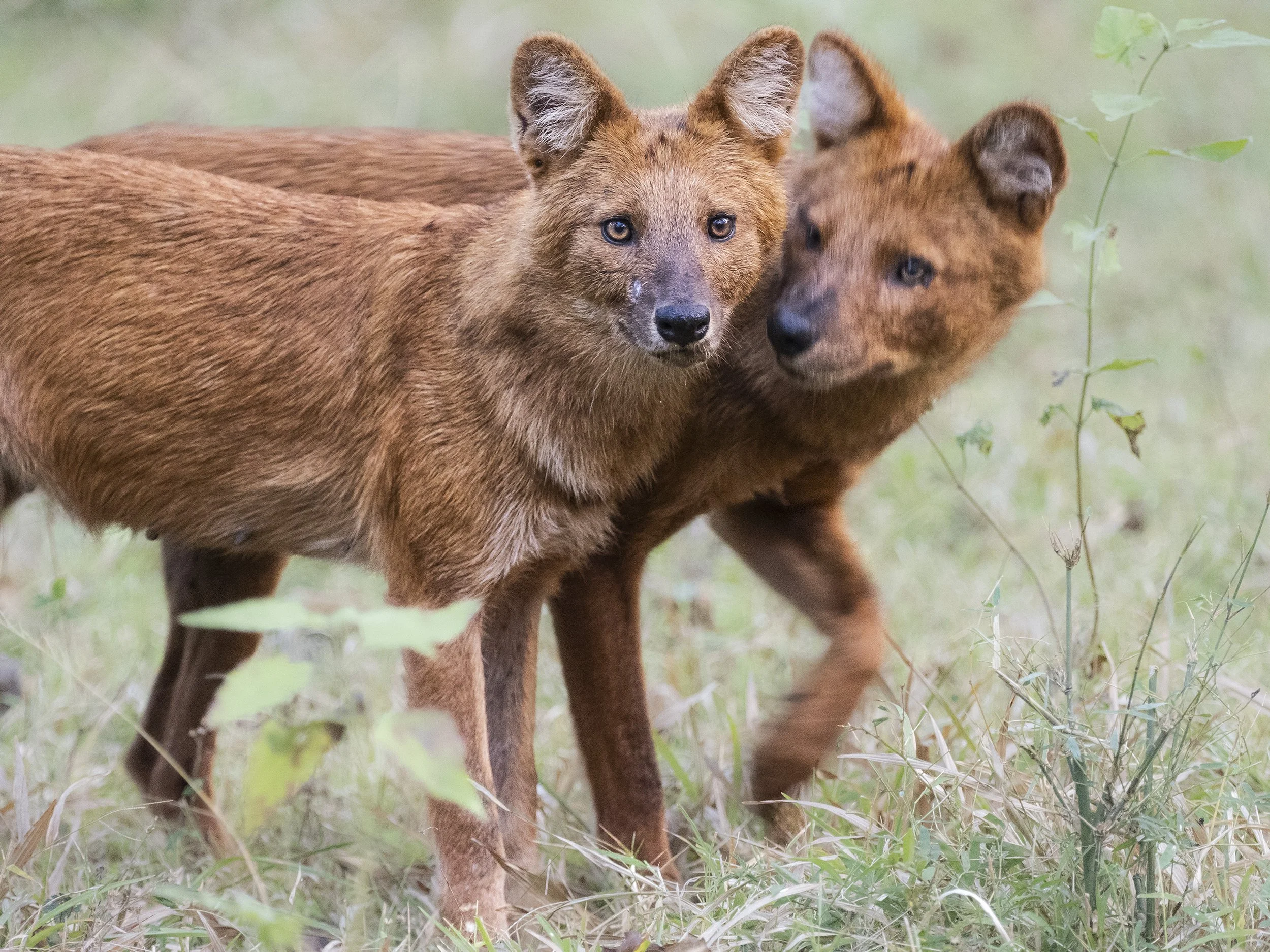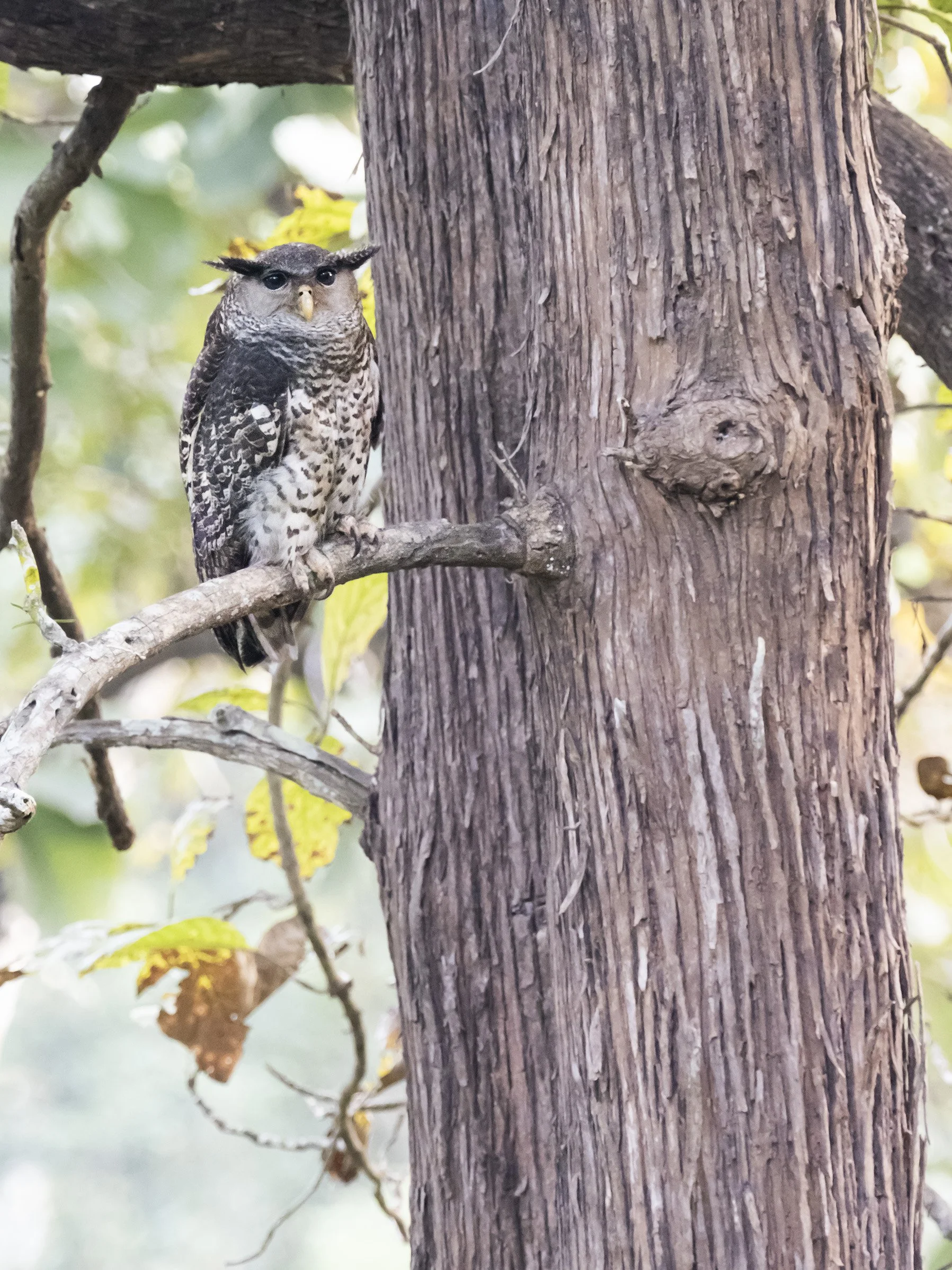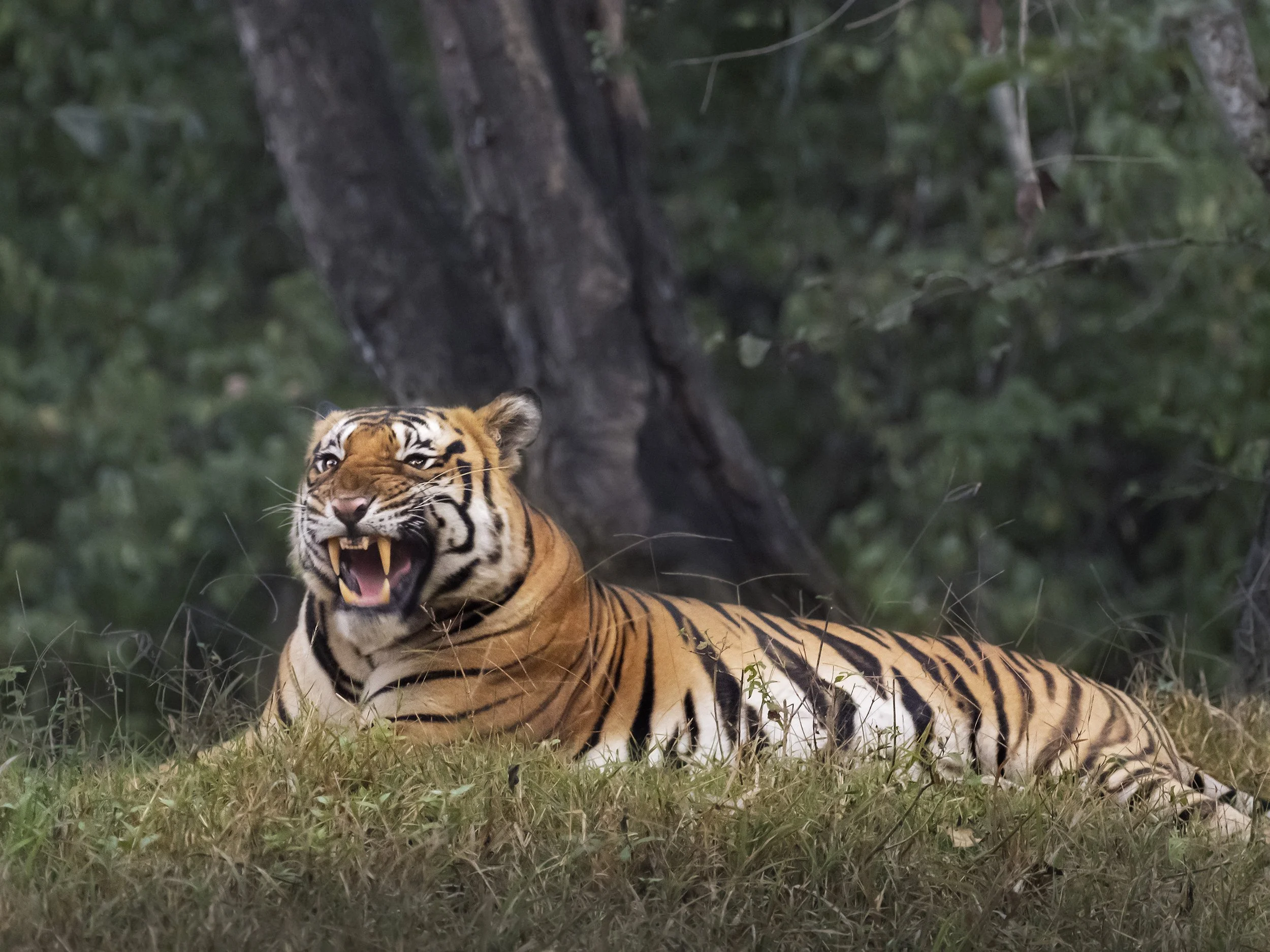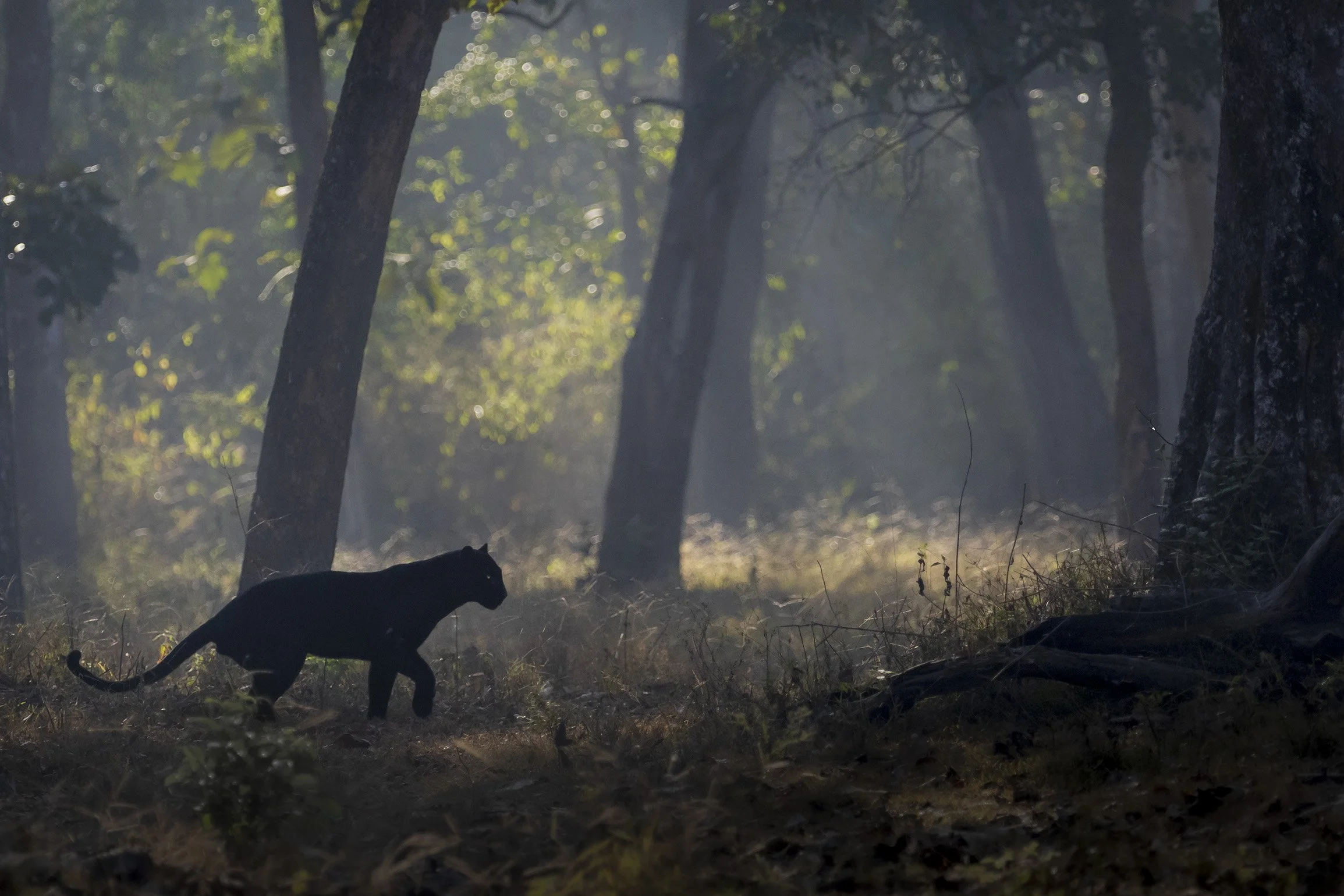“Jungle Book” land
One of my first faraway photography destinations was India. Even before going there, I fantasized about its mysticism and its iconic animals, most of all, the tiger. Many years later, I have explored this vast subcontinent both alone with my cameras and while leading photographic groups. I still find myself fantasizing and visualizing the adventures to be had there and the images yet to be captured.
Rudyard Kipling’s The Jungle Book is a vivid tapestry of stories that brings to life the rich and diverse natural world of India. Set primarily in the dense jungles of Madhya Pradesh, Kipling’s tales - especially those of Mowgli and his animal companions - capture not only the drama of survival but also the deep interconnectedness between humans, animals, and the landscape. India’s biodiversity stretches far beyond the jungles Kipling imagined.
In the north, the lofty Himalayas shelter snow leopards and red pandas, while the grasslands and forests of central India teem with tigers, elephants, and sloth bears - many of which inspired Kipling’s characters.
Moving south, the Western Ghats brim with endemic species like the lion-tailed macaque, and the coastal mangroves of the Sundarbans are home to the elusive Bengal tiger. From arid deserts to tropical rainforests, India’s natural world - much like Kipling’s stories - is a realm of astounding variety and wonder.
Biggest tiger male: Matkasur. Tadoba NP.
Mother's gentle care. Black-footed gray langur, Kabini NP.
Large-scaled Pit Wiper, Munnar.
Malabar Grey Hornbill, Western Ghats.
Elephant youngster and Jungle Myna. Bandipur NP.
First really close up encounter. Tigress, Bandhavgarh NP.
Lesser Goldenback. Thattekad reserve..
Nilgiri Langur. Valparai.
Tiger scent marking. Kabini NP.
Black Leopard, "Blackie", Kabini NP.
Black Leopard, "Blackie", and female. Kabini NP.
Black Leopard, "Blackie", Kabini NP.
Giant Squirrel and Indian Great Hornbill, Valparai.
Elephant bull, Kabini NP.
Dhole, Kabini NP.
Leopard; Kabini NP.
Elephant bull, Kabini NP.
Spot-bellied Eagle Owl. Kabini NP.
Bull Elephant, Kabini NP.
Mowgli, Kabini.
Indeginous tribe people. Western Ghats.
Tiger male, Kabini NP.
Black Leopard, "Blackie", Kabini NP.
Nilgiri Langur. Valparai.
Large-scaled Forest Lizard, Aanamalai Tiger Reserve.
Peacock, Tadoba NP
Tigress, Tadoba NP.
Giant Squirrel, Thattekad reserve.
Grey Langur, Kanha NP.
Tiger, Ranthambore NP.
Chital drinking, Ranthambore NP.
Young tiger male, Ranthambore NP.
Sambar deer calf with claw wounds. Kanha NP.
Langurs, Bandhavgarh NP.
Jackal, Bandhavgarh NP.
Gaur in the night. Bandhavgarh NP.
Giant Squirrel, Valparai.
Chital, Bandhavgarh NP.
Shikra, Bandhavgarh NP.
Starry-eyed frog, Munnar.
Nilgiri Tahr, Eravikulam NP.
Green-eyed frog, Munnar.
Lion-tailed Macaque, Valparai
Nature guide, Tadoba NP.
Chital Deers, Kabini NP.
Tourists and the Elephants are shying away, Kabini NP.
Frog of genus Indiana, Munnar.


